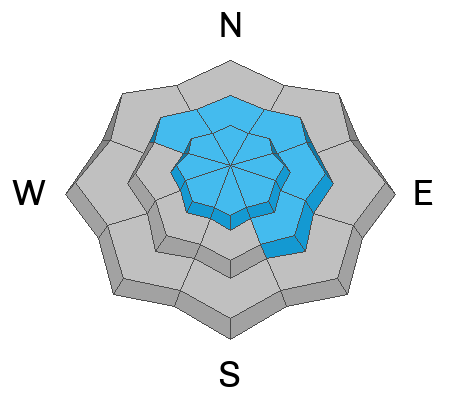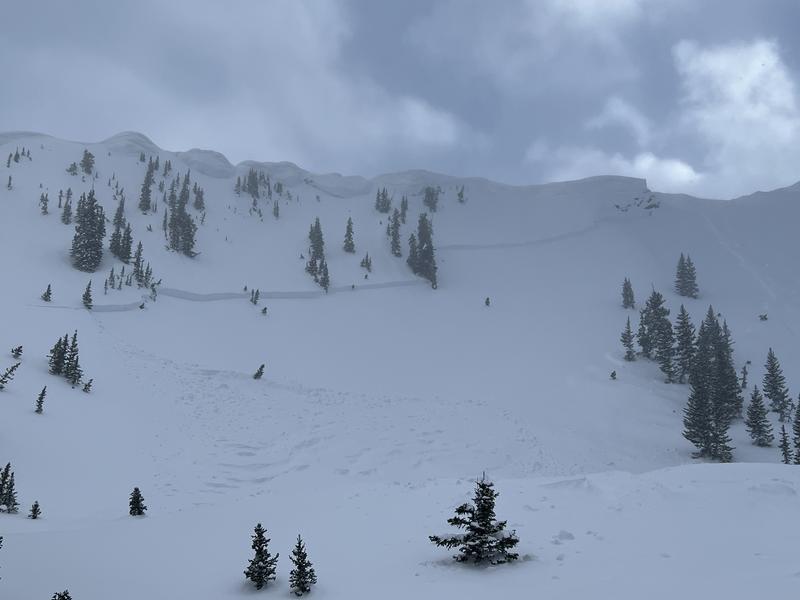Yesterday, ski areas at the top of the Cottonwood Canyons broke the 800" mark and many ski area and mountain operations reported record breaking March snow totals. This snowfall is similar to what you will find in the northern part of the Provo Area Forecast Region.
This morning under partly cloudy skies, temperatures are in the mid 20's ˚F. Winds are blowing south-southeast in the teen's gusting to the 30's MPH at the lower elevations and south-southwest 30 gusting to 45 MPH at the 8,000' ridgelines. Some mountain locations reported a trace of additional snow overnight.
For today, skies will be clear with clouds building later this afternoon. Temperatures will be spring like, rising to 42-46˚F, and winds will gradually increase from a southwest direction 25 gusting to 50 at the 9,000' ridgelines and 35 gusting to 60 MPH at the 11,000' ridgelines. No precipitation is expected today.
- Provo Area Mountains 18-19.5" snow/ 1.25-1.5" water with snow depths from 101-168"
- Upper Cottonwoods 33-47" snow/1.92-2.73" water with snow depths from 109-229"
The National Weather Service has issued a
Winter Storm Watch from Sunday April 2- Tuesday April 4th with another 20 to 30" of snow with locally higher amounts.
Yesterday backcountry riders and mountain operations reported sensitive avalanche conditions. There were delays and closures due to
avalanches on highways throughout the Wasatch.
A natural avalanche in
West Porter got my attention because of how much exposure there is to overhead avalanche terrain in Porter Fork which is similar to overhead hazard in the Aspen Grove area. There was a report of a large natural in Aspen Grove yesterday morning and a close call in
Rock Canyon where a skier was carried downslope in a pocket of wind-drifted snow.
Check out all observations
HERE.













